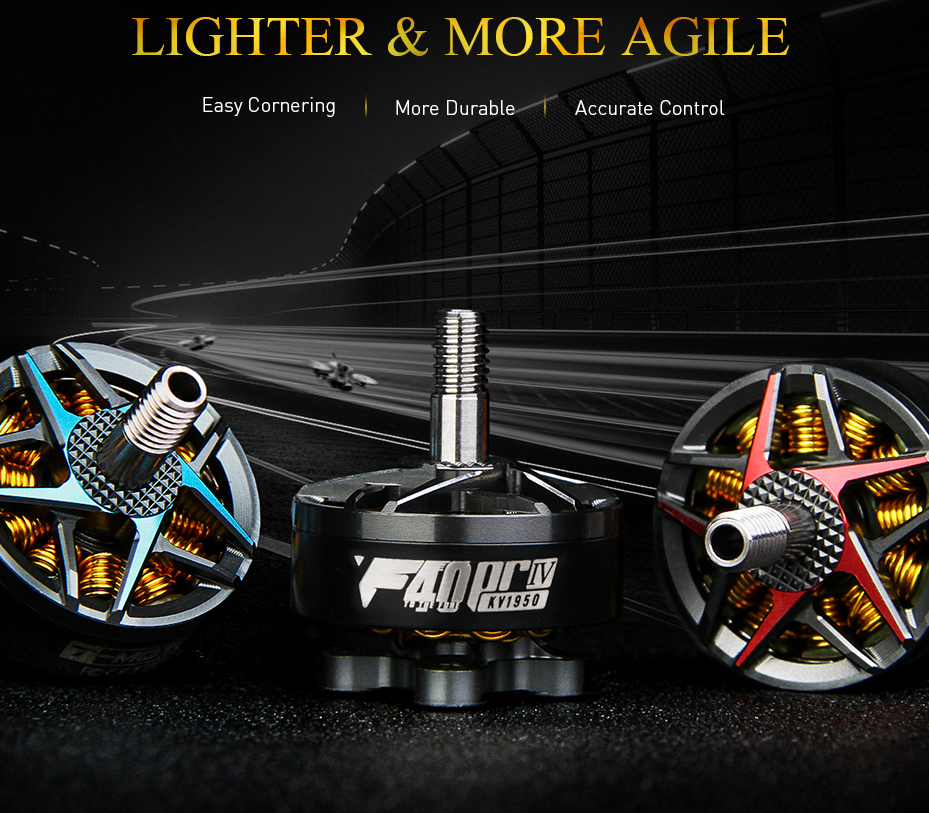Apr. 23, 2023
Toys & Hobbies
Drone motors are a vital component of any drone, as they are responsible for powering the propellers that keep the drone airborne. Choosing the right motor can have a significant impact on the drone's performance, stability, and overall flight experience. In this article, we will explore the different types of drone motors and their unique features, helping you make an informed decision when selecting a motor for your drone.

Brushed motors are the most common type of motor found in small toy and hobby drones. These motors are simple, affordable, and easy to maintain. They work by using a rotating shaft that has a metal coil and a set of magnets on opposite sides. When electric current is sent through the coil, it creates a magnetic field that interacts with the magnets, causing the shaft to rotate. Brushed motors are limited in their power output and have a shorter lifespan compared to other types of motors.
Brushless motors are more powerful and efficient than brushed motors, making them a popular choice for high-end drones. Unlike brushed motors, brushless motors have a fixed shaft and a separate rotating outer casing with magnets. The motor controller sends electric current to the magnets, which create a rotating magnetic field that interacts with the fixed shaft, causing it to spin. Brushless motors are more expensive than brushed motors, but they are also more durable, efficient, and produce less heat.
Coreless motors are similar to brushed motors, but they do not have a metal core. Instead, they have a hollow cylindrical shape with a metal wire wrapped around it. When electric current is sent through the wire, it creates a magnetic field that interacts with the magnets on the drone's frame, causing the motor to spin. Coreless motors are lightweight, small, and have a high power-to-weight ratio, making them an excellent choice for micro drones and racing drones.
Suggested reading:Geared motors have a set of gears attached to the motor shaft, which increases the torque output of the motor. This increased torque allows the drone to carry heavier payloads or fly in more challenging weather conditions. Geared motors are heavier and bulkier than other types of motors, and they also produce more noise.
Pancake motors are a type of brushless motor that has a flat, disc-shaped design. They are lightweight and produce less drag than traditional brushless motors, making them an excellent choice for racing drones. Pancake motors have a high power-to-weight ratio and are capable of producing high thrusts.
When choosing a drone motor, there are several factors to consider, such as the size and weight of your drone, the type of flying you plan to do, and the desired level of power output. Larger drones will require more powerful motors, while smaller drones will benefit from lightweight and efficient motors. If you plan to fly your drone for long periods, you may want to consider motors with lower power consumption to increase flight time.
More details please contact T-MOTOR
If you are interested in sending in a Guest Blogger Submission,welcome to write for us!
All Comments ( 0 )